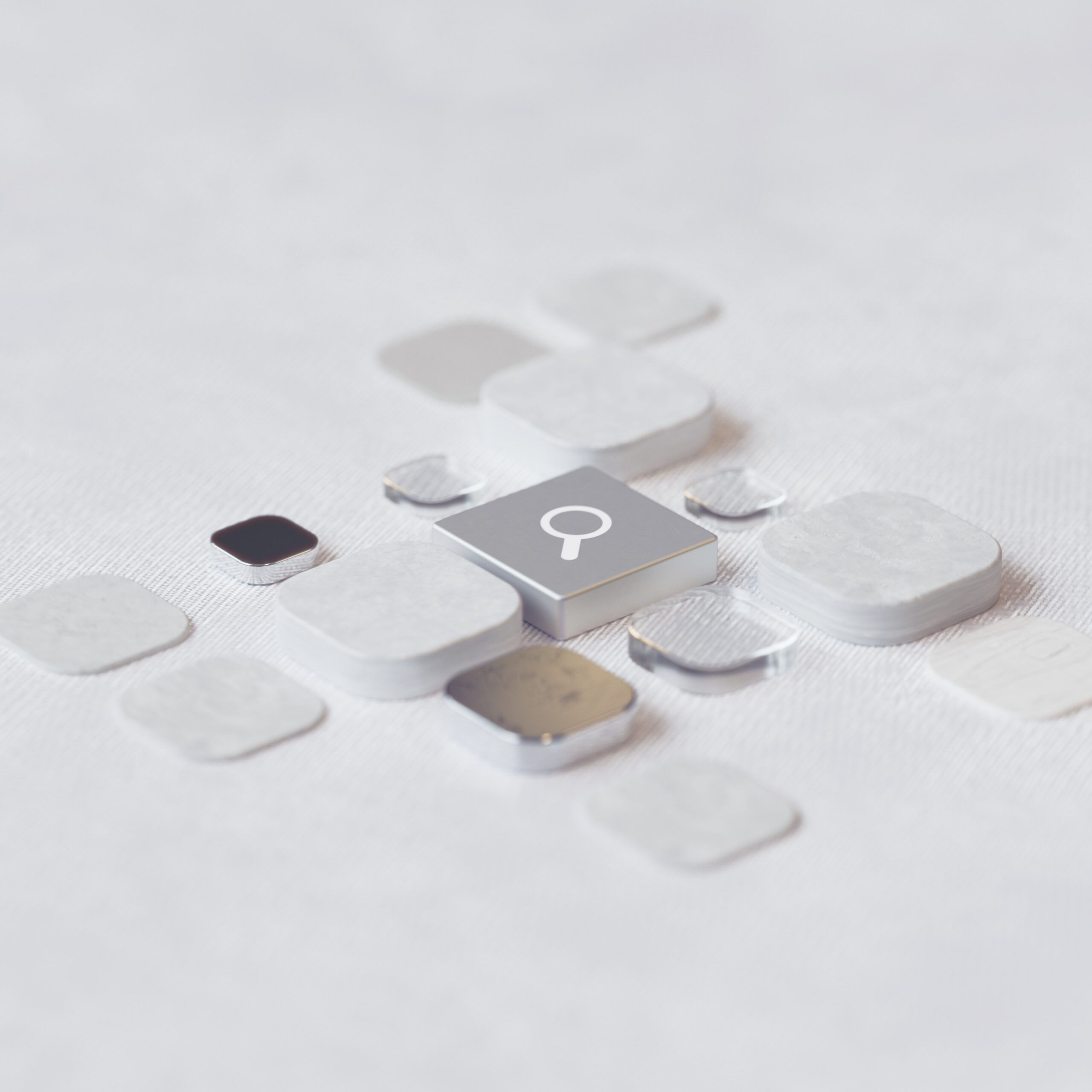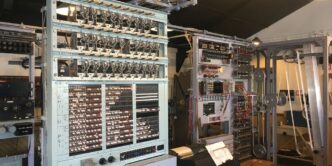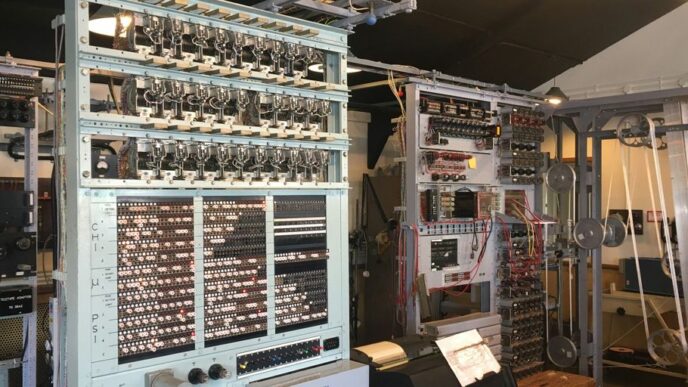Introduction
In today’s digital age, 3D technology has become more than just a novelty; it’s an integral part of various industries, from entertainment and healthcare to manufacturing and education. The ability to represent the world in three dimensions has opened up a realm of possibilities, enhancing our experiences and capabilities across multiple domains. In this article, we’ll explore the fascinating world of 3D technology, its applications, and its transformative impact on our lives.
Understanding 3D Technology
3D technology, short for three-dimensional technology, refers to the representation of objects and spaces in three dimensions, which mimic the way we perceive the physical world. Unlike traditional two-dimensional (2D) representations, 3D technology adds depth, making it possible to capture and display an object’s height, width, and depth. This adds realism and depth perception to the visual or physical experience.
Applications of 3D Technology
- Entertainment: One of the most recognizable applications of 3D technology is in the entertainment industry. 3D movies, television, and video games immerse viewers in a world of depth and realism. Audiences can feel as though they are part of the action, thanks to stereoscopic 3D glasses.
- Healthcare: In the field of healthcare, 3D technology is revolutionizing diagnostics and treatment. 3D medical imaging, including CT scans and MRIs, provides more detailed and accurate images of the human body. Surgeons use 3D printing to create patient-specific models for preoperative planning and training, leading to safer surgeries.
- Manufacturing: 3D printing, also known as additive manufacturing, allows the creation of physical objects layer by layer from digital designs. This technology has transformed the manufacturing sector, enabling rapid prototyping, customized production, and reducing waste.
- Architecture and Construction: Architects and builders use 3D technology to create detailed 3D models and renderings of structures. This aids in design, visualization, and the detection of potential issues before construction begins.
- Education: 3D technology has made its way into education, enhancing the learning experience. Students can explore complex concepts by interacting with 3D models in subjects like biology, chemistry, and geography.
- Virtual Reality (VR): VR relies on 3D technology to create immersive, interactive experiences. Users wearing VR headsets can step into virtual worlds for gaming, simulations, training, or even therapeutic purposes.
- Augmented Reality (AR): AR blends the physical and digital worlds, overlaying computer-generated content onto the real environment. It’s used in smartphone apps, heads-up displays, and even in smart glasses for navigation, gaming, and education.
Transformative Impact
The influence of 3D technology on our daily lives is undeniable:
- Enhanced Visual Experience: In the world of entertainment, 3D technology has redefined how we watch movies, play video games, and even experience virtual theme park rides. It has introduced a new level of immersion and engagement.
- Precision and Personalization: 3D printing and modeling allow for precise, customized creations in various fields. From personalized medical implants to tailor-made fashion, the technology revolutionizes the way we design and manufacture products.
- Education and Training: 3D technology facilitates a deeper understanding of complex subjects and provides a practical approach to learning and training. It’s particularly effective in industries like medicine, aviation, and engineering.
- Healthcare Advancements: The accuracy and detail offered by 3D medical imaging and 3D-printed prosthetics have the potential to improve patient care, enhance diagnostics, and save lives.
- Innovative Architecture: Architects and designers can bring their visions to life more realistically, allowing for better communication with clients and more precise construction processes.
- Virtual and Augmented Realities: VR and AR have introduced entirely new ways of experiencing and interacting with digital content, offering opportunities in gaming, education, and professional training.
Conclusion
3D technology has transcended the boundaries of imagination and has become a driving force behind innovation across industries. Its ability to create depth and realism in our digital and physical experiences is transforming the way we entertain, learn, create, and heal. As technology continues to advance, we can anticipate even more remarkable applications and groundbreaking discoveries on the horizon, making the world beyond dimensions an exciting place to explore and discover.













